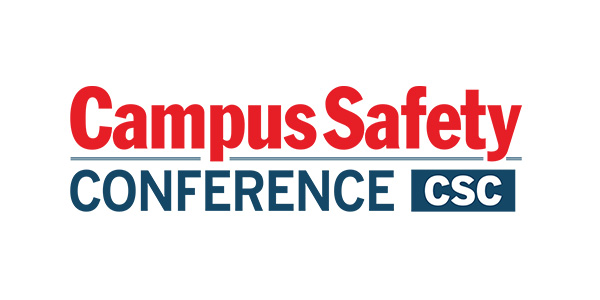Justify Funding Needs with Statistics
This is all part of establishing a proper needs statement or problem description. Establishing need is critical to convincing a reviewer that an agency deserves to be considered for funding. It is therefore important that the grant writer properly justify the need for the grant funding through developing and clearly articulating that need.
Unlike the nonprofit world of grant writing, Department of Homeland Security (DHS) funding is tied almost exclusively to establishing need through statistical values. Working in the public safety profession is an exercise in the generation and indexing of voluminous amounts of paperwork. Police departments are required to document almost everything they do, including times when they are sitting idle and not answering citizens’ calls for service.
Many officers probably spend more time finding ways to avoid writing a report than writing it. The old adage that “the job is not done till the paperwork is filed” is actually quite true, especially in public safety work. More importantly, that paperwork is the basis of a department’s need in a grant application. Without it, an agency simply cannot prove its need for a DHS grant.
Proper Paperwork Provides Metrics
Many of the law enforcement grant programs are formula-based grants. By definition, the amount of funding an agency would be eligible for is computed by using a mathematical formula, based on population and reported UCR major crime index figures. It goes without saying that if an agency doesn’t file its UCR reports, then it would be excluded from eligibility.
Being able to justify something with statistical values not only will be important in establishing an agency’s eligibility, but it is going to be directly tied to proving the need for the funding in the first place. Accurate record keeping helps a law enforcement agency prove its need. It will show that the grant writer is not guessing there is a problem; it shows that there is a serious problem, which is presenting an unacceptable risk.
It’s all about need and meeting the funding source’s priorities. The president’s new economic stimulus funding is poised to present law enforcement with a bumper crop of funding opportunities in the near future. Doing the reports and building the statistical database are the seeds and fertilizer a campus law enforcement agency will need in order to harvest additional dollars.
Example: Night Vision Equipment
Assume for a minute an agency wants to obtain night vision equipment and the program being applied to is the local Justice Assistance Grant (JAG) solicitation. This equipment would be eligible under that program for funding, and the department has established that it is eligible for an amount covering the cost.
One of the program areas for JAG funding is for the abatement of illicit drug related activity. A grant writer should research the records to determine how many of his or her department’s current drug arrests and/or complaints of drug activity are occurring during hours of darkness.
The grant writer should also be looking at field contact cards to determine how many times officers are encountering suspected drug activity during the hours of darkness. Further scrutiny of the reports would reveal how many times the officers are stating they could not see clearly enough to enable identification or verification that a drug-related sale was taking place. This resulted in them not being able to develop proper probable cause to initiate a contact or affect an arrest.
If the officers had done the paperwork and had good reports and records documenting those things, justification for the night vision equipment is a simple task. It would have shown that as a result of not being able to see in the dark, drug sales are going undetected. Night vision equipment would take away that cloak of darkness, which would result in arrests being made. Enforcement activity and conviction rates would go down.
Now that is saving manpower hours by assuring the irrefutable evidence and eyewitness testimony (from a law enforcement officer, no less) is going to be presented at trial. Chances are that if facial recognition is positive from the arresting officer, the defense attorney is going to recognize at discovery that his client’s case is weak and negotiate a pre-trial plea agreement.
Guess what? The department just saved some overtime. A little here and a little there throughout the year and suddenly the agency can manage its way through that budget cut it received at the first of the year. In the process though, the move also saved a job, meeting the priorities of the funding source for recovery money.
Kurt Bradley is a certified grants consultant.
Tags: grants, funding, stimulus, RFPs







